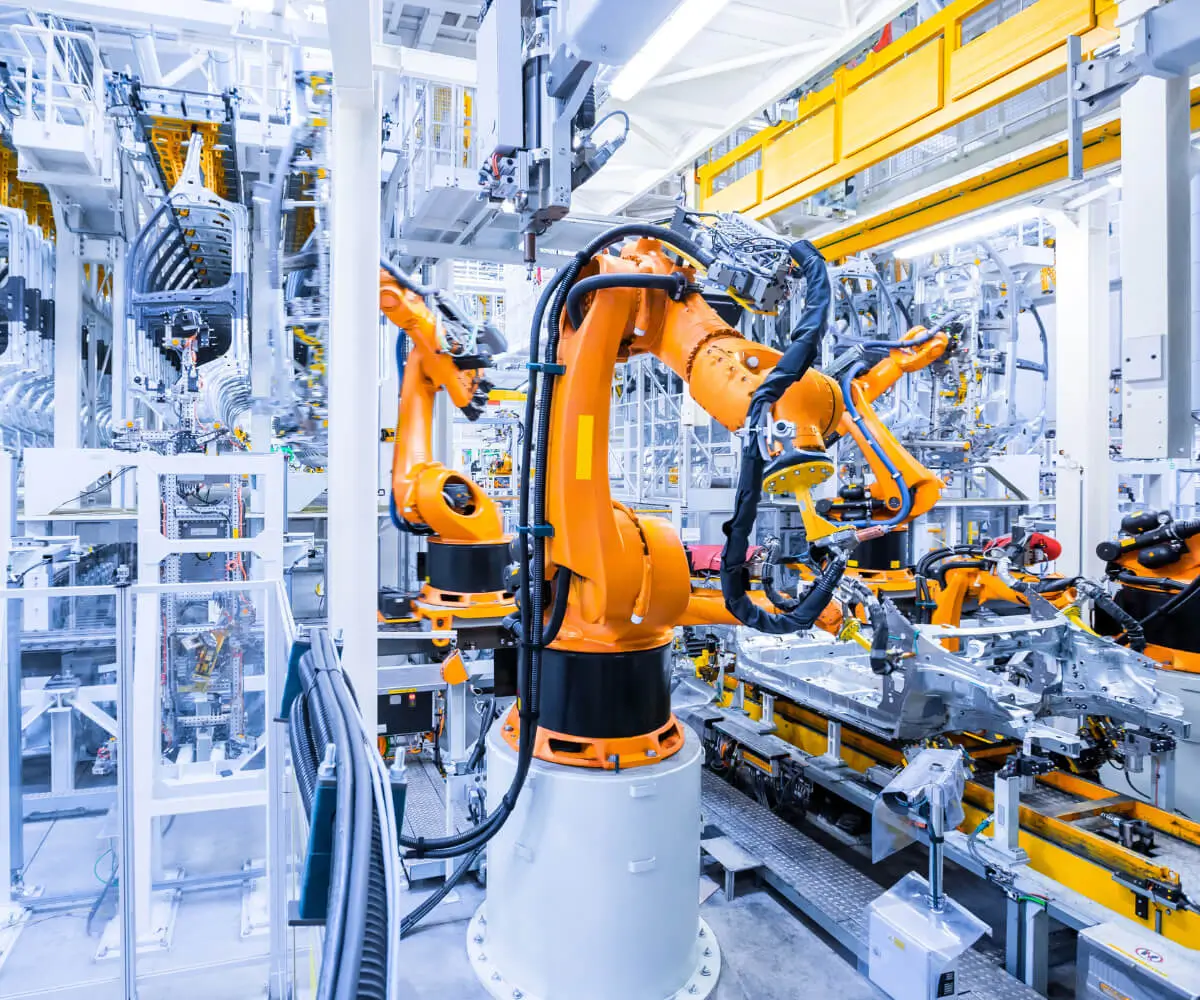Introduction: The Heart of Automation and Precision Engineering
Imagine a machine that moves with unparalleled precision, reacts swiftly to commands, and adapts seamlessly to varying workloads. Behind countless modern innovations—from robotic arms assembling cars to camera autofocus mechanisms—lies a humble but mighty component: the servo motor.

You might have heard the phrase “servo motor para que serve” if you’re exploring automation, robotics, or advanced machinery. The question quickly clarifies the core of this technology. So, what exactly is a servo motor, and what is it used for? Let's dive into the basics to understand this dynamic device better.
What is a Servo Motor?
At its core, a servo motor is a rotary actuator—meaning it converts electrical energy into rotational movement—designed to deliver precise control of angular position. Unlike standard motors that spin freely or continuously, a servo motor operates within a constrained rotational range, typically 0 to 180 degrees or 0 to 360 degrees, depending on the application.
Key features that distinguish servo motors include:
Feedback mechanism: They come equipped with a potentiometer, encoder, or resolver that continuously provides real-time feedback about the motor’s position.
Control circuitry: Servos are paired with control systems—like a microcontroller—that send PWM (Pulse Width Modulation) signals to dictate position, speed, or torque.
Precision: Thanks to their feedback loop, servo motors can achieve highly accurate positioning and movement control, making them perfect for tasks requiring meticulous precision.
Think of a servo motor as a highly intelligent, responsive muscle—able to respond quickly and accurately to commands, adjusting its position or speed instantly as needed.
The Mechanics Behind the Magic
The magic of a servo motor lies in its closed-loop control system. When a command is issued (say, to rotate a robotic arm to a specific angle), the control system computes the required motor position. It then adjusts the motor’s power accordingly. The feedback component constantly monitors the actual position, sending data back to the controller.
If the motor is off-position, the controller supplies the appropriate signal to correct it. This continuous communication forms a servo loop—a feedback system—that ensures movements are smooth, precise, and consistent.
In a typical setup:
The servo motor receives a PWM signal. The controller interprets this signal into a target position. The feedback device provides real-time data. The control circuit adjusts power to match the target position.
This dance of electronics and mechanics allows servo motors to perform intricate tasks like pointing a telescope, controlling robot joints, or adjusting camera lenses with incredible accuracy.
Variations of Servo Motors
While the basic principles stay consistent, servo motors come in different types, tailored for various applications:
AC Servo Motors: These are powered by alternating current and are common in industrial automation where high power and durability are essential. They offer excellent speed-torque characteristics.
DC Servo Motors: Powered by direct current, these are prevalent in hobbyist projects and smaller automation setups. They’re simple to control and cost-effective.
Digital vs. Analog Servos: Digital servos utilize microprocessors for faster and more precise control, making them ideal for competitive robotics and complex applications.
The choice depends on the specific needs—like load capacity, precision level, environmental conditions, and budget.
Why Use a Servo Motor? Benefits and Advantages
So, why do engineers and hobbyists alike favor servo motors? Here are some compelling advantages:
High precision and repeatability: The feedback system ensures that movements are exactly as programmed, minimizing errors.
Fast response times: They can quickly adjust, making them ideal for dynamic environments.
Strong holding torque: Even when stationary, servo motors can maintain force without stalling, beneficial for applications like robotic grippers or camera stabilization.
Compact size and efficiency: They deliver a significant amount of power relative to their size.
Versatility: From small robotics to massive manufacturing machinery, servo motors adapt seamlessly.
This blend of features makes them indispensable across numerous sectors, fueling innovations and automation growth.
Practical Applications and Choosing the Right Servo Motor
Kpower has delivered professional drive system solutions to over 500 enterprise clients globally with products covering various fields such as Smart Home Systems, Automatic Electronics, Robotics, Precision Agriculture, Drones, and Industrial Automation.




































